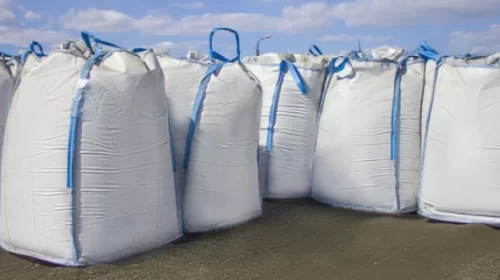Stanbic Bank Zambia Champions Collaborative Energy Solutions to Boost Mining Sector Productivity
Stanbic Bank Zambia has emphasized the critical role of collaboration in boosting mining productivity as demand for essential minerals such as copper, cobalt, lithium, and nickel continues to rise.
The bank believes that further electricity import deals can help address Zambia’s power deficit, ensuring the stability of the mining sector, which consumes over 50% of the country’s generated electricity.
Speaking in Lusaka, Helen Lubamba, Head of Corporate and Investment Banking (CIB) at Stanbic, highlighted the benefits of increasing electricity imports for the mining industry, which would contribute to Zambia’s overall economic growth.
She pointed to the GreenCo Finance Solutions power import deal as a successful example of how strategic partnerships can help tackle the country’s energy crisis.
In November 2024, Africa GreenCo Group (GreenCo), through its Zambian subsidiary GreenCo Finance Solutions Limited (GreenCo FinanceCo), secured a US$55.5 million Facilities Agreement with Stanbic Bank Zambia and Standard Bank of South Africa. The financing is aimed at mitigating Zambia’s energy challenges, exacerbated by drought, by enabling power imports.
The funds will be used by GreenCo FinanceCo to prepay for over 130 Megawatts (MW) of imported electricity, providing much-needed relief to key clients, including Zesco and mining companies.
The deal highlights the close link between energy security and mining productivity, as consistent power supply is crucial for mineral production.
Lubamba noted that the facility illustrates how innovative financial solutions can support both energy security and mining sector productivity. “With the growing demand for critical minerals, we anticipate a significant pipeline of energy deals. Realizing these deals requires collaboration among stakeholders, including government agencies, Independent Power Producers (IPPs), financial institutions, and intermediaries like GreenCo,” she stated.
She also emphasized that such partnerships are essential for addressing Zambia’s power deficit, ensuring mines—vital to the country’s economy—have the energy they need to operate effectively.
Lubamba further discussed Zambia’s Integrated Resource Plan (IRP), which seeks to increase the share of non-hydro renewable energy—primarily solar and wind—from less than 5% to approximately 33% by 2030.
“Given that hydroelectric power currently accounts for over 80% of Zambia’s electricity generation, diversification is crucial, especially in light of the recent droughts.
Expanding solar, wind, and battery energy storage systems (BESS) will help stabilize the national grid and support sustainable industrial growth,” she explained.
With Zambia aiming to triple its copper production by 2031, an additional 665 MW of power will be required. Lubamba emphasized that partnerships like the US$55.5 million emergency import deal provide a clear roadmap for meeting these ambitious goals.
![]()





